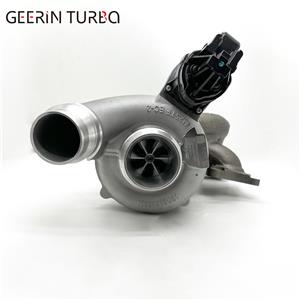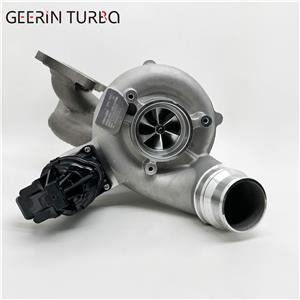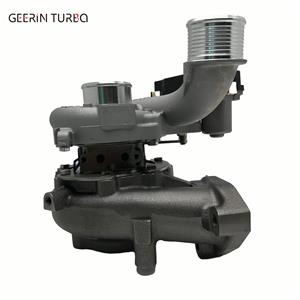Five factors: Why turbochargers are becoming more important?
Five factors: Why turbochargers are becoming more important?
The power of a car engine depends on the number and size of the piston cylinders? This has become history. Today, the overall performance of a car is determined by electronic engine control systems, turbochargers or compressors. In particular, the turbocharger plays a crucial role in it - since the Swiss inventor created the turbocharger in 1925, the performance of the engine has been greatly improved. What are the characteristics of this part, why is it becoming more important, and what are the advantages of using electrochemical machining? --Five interesting things about turbochargers:
1. The basic principle remains unchanged
The invention is about 100 years old, but its basic principles remain unchanged. The exhaust gas flow drives the rotation of the turbine wheel, which is connected to another wheel by a shaft. This impeller compresses the incoming fresh air and presses it into the combustion chamber. A simple calculation can be made at this point: the more air that enters the combustion chamber in this way, the more oxygen molecules bind to the fuel's hydrocarbon molecules during the combustion process - which in turn provides more energy.
2. Almost reach 300,000 rpm
Finally, the highest possible air pressure is generated via the turbocharger for optimum results. In practice, extremely high power parameters can be achieved with the turbocharger: in modern engines, the compressor rotor can even reach a maximum speed of 290,000 rpm. In addition, components generate extremely high temperatures. Therefore, there is also an interface or system for water cooling of the charge air on the turbocharger. In general: Four different substances come together in the very small space of this part: hot exhaust gas, cold charge air, cooling water and oil (the oil temperature must not be too high).
3. "The Electrochemical Advantage"
Under this premise, the production of turbochargers has become one of the most challenging tasks in the automotive industry. This is not only for complex housings, but also for turboshafts. They are made of high-performance materials and can withstand temperatures up to 1000 degrees Celsius without any problems. Such as heat-resistant cast steel or Inconel alloy materials. The machining of these components usually includes a complete process chain from pre-milling to deburring. In this case, the use of electrochemical processes can bring great advantages. Using this process, for example, only one repetitive step is required to complete the dynamic balancing of the turbocharger shaft. There is also no thermal damage to the material and very little tool wear on even the hardest materials – huge advantages over conventional cutting processes. After all, materials such as Inconel can result in shorter tool life.
4. Increasingly important
The production of turbochargers is becoming more and more demanding, which is related to the general trend of energy saving and emission reduction in automobiles: the displacement of many internal combustion engines is decreasing, but the compression of the turbocharger can keep the performance consistent or even improve. Interestingly, due to the added weight of the turbocharger and charge cooler, the abatement engine weighs even more than a comparable engine without the abatement design. As a result, developers began to reduce the wall thickness of the housing to reduce weight, which in turn further increased its machining requirements.
5. Future challenges
Turbocharging remains the key technology for developing energy-efficient, efficient engines. However, various technological trends also bring new challenges. For example, so-called exhaust gas recirculation systems are increasingly used, ie a portion of the exhaust gas is cooled, mixed with charge air and sent back to the engine. This exhaust gas recirculation (EGR) system is one of the most important measures used to reduce diesel engine emissions. Therefore, the turbocharger must press more air into the combustion chamber to provide it with enough oxygen. Many manufacturers use a two-stage turbo system with two different turbochargers here.




